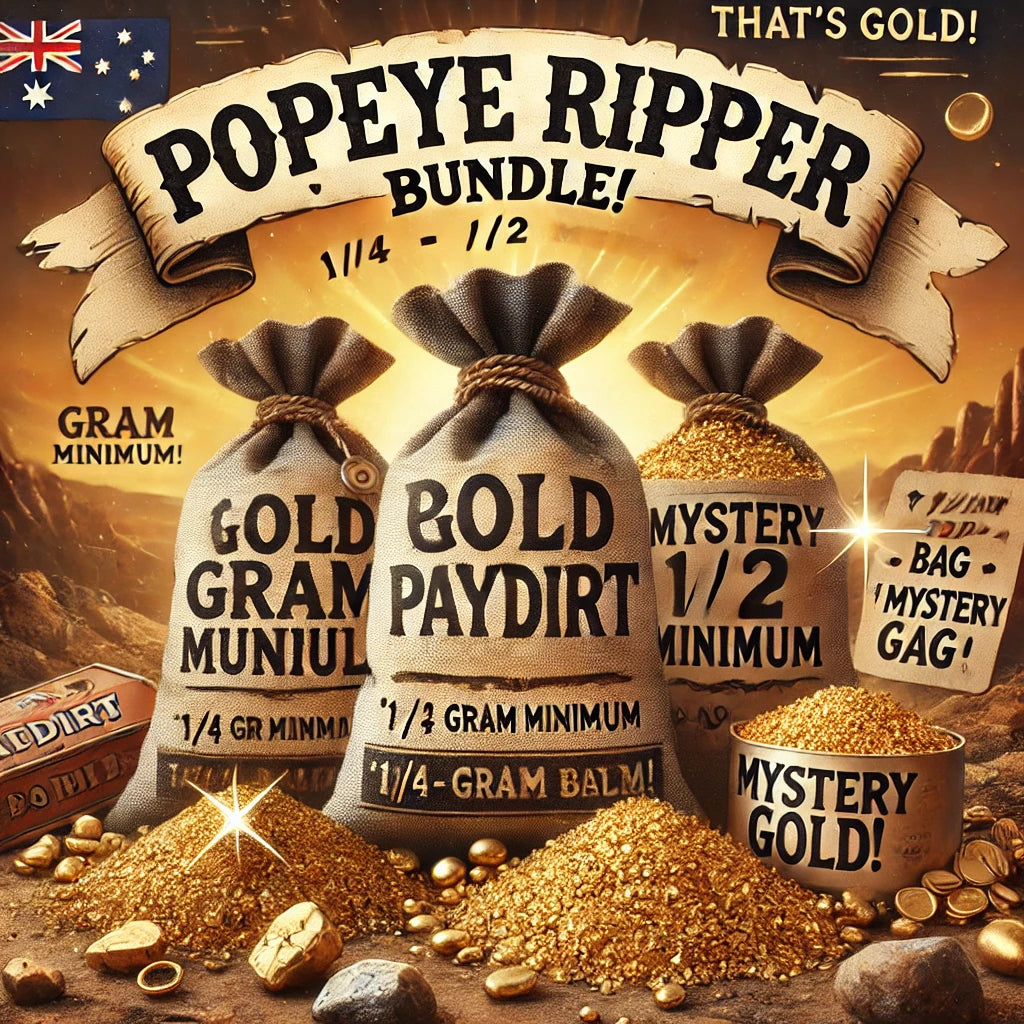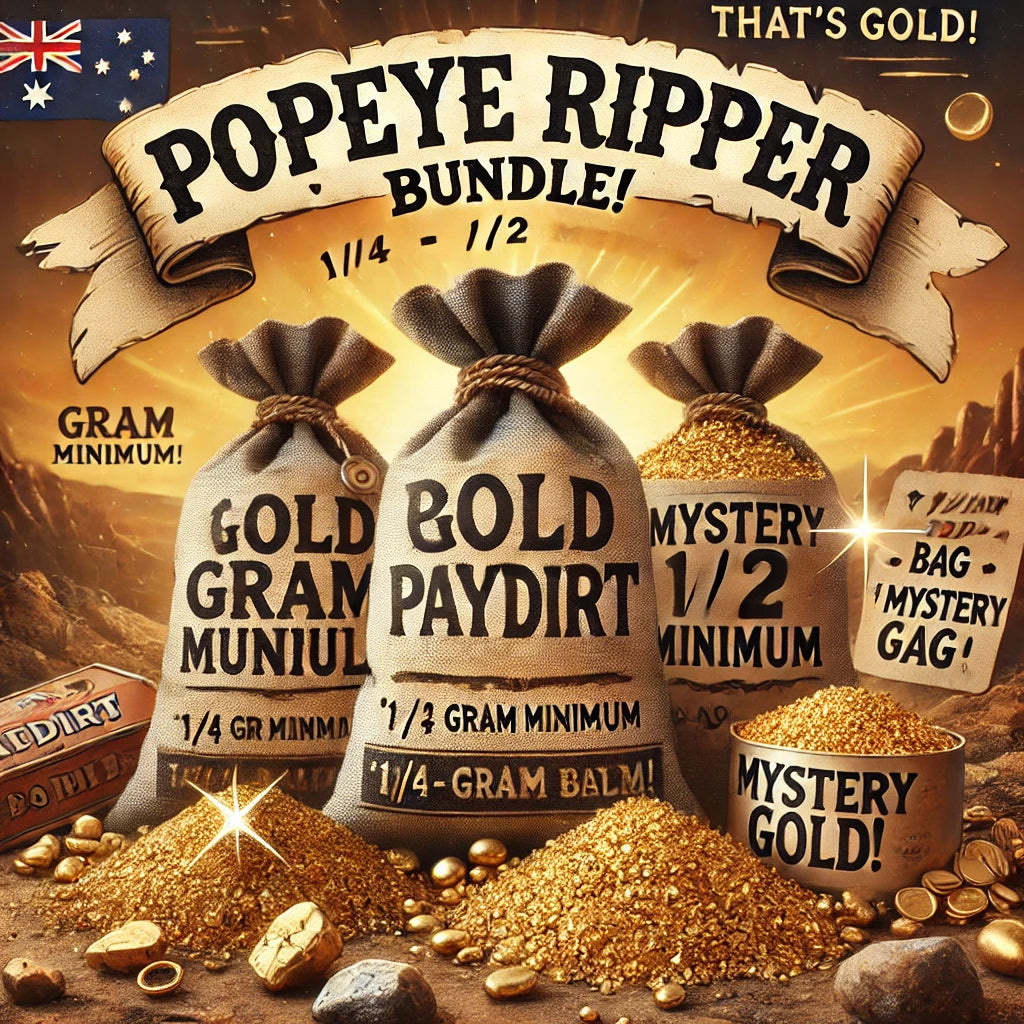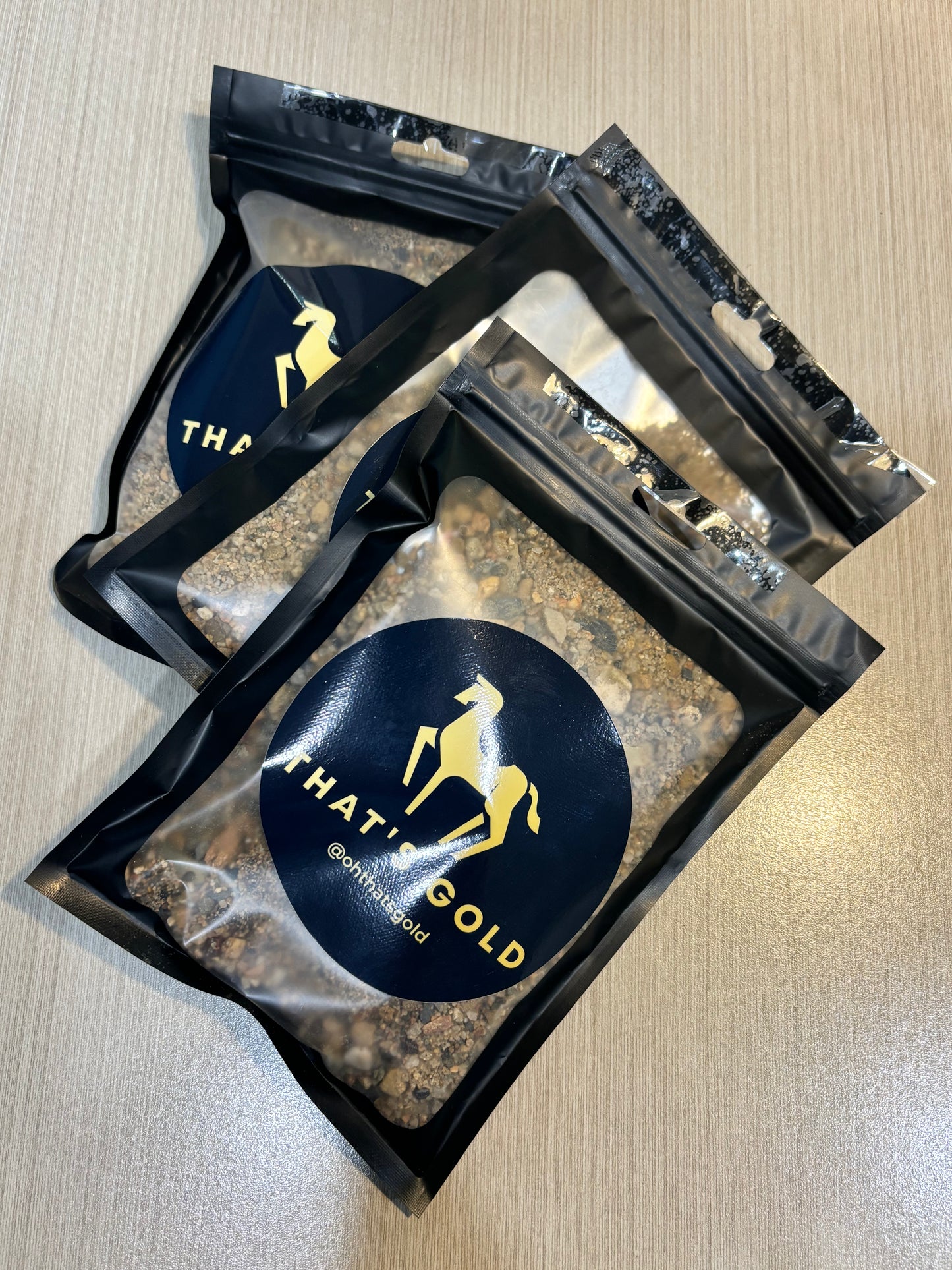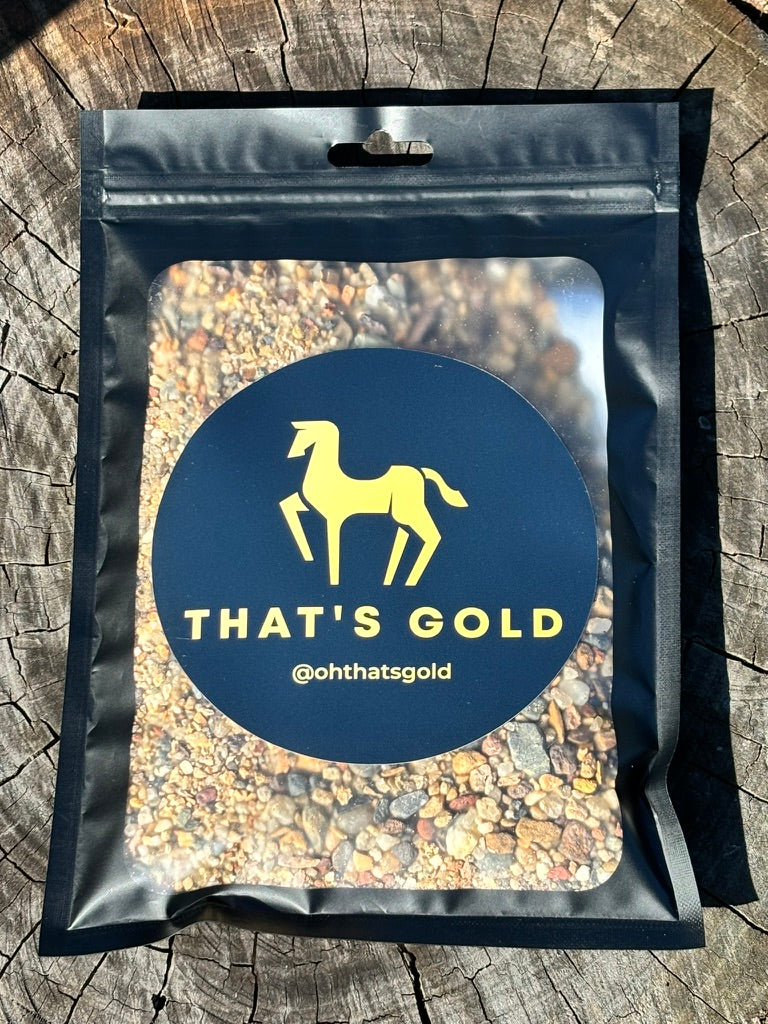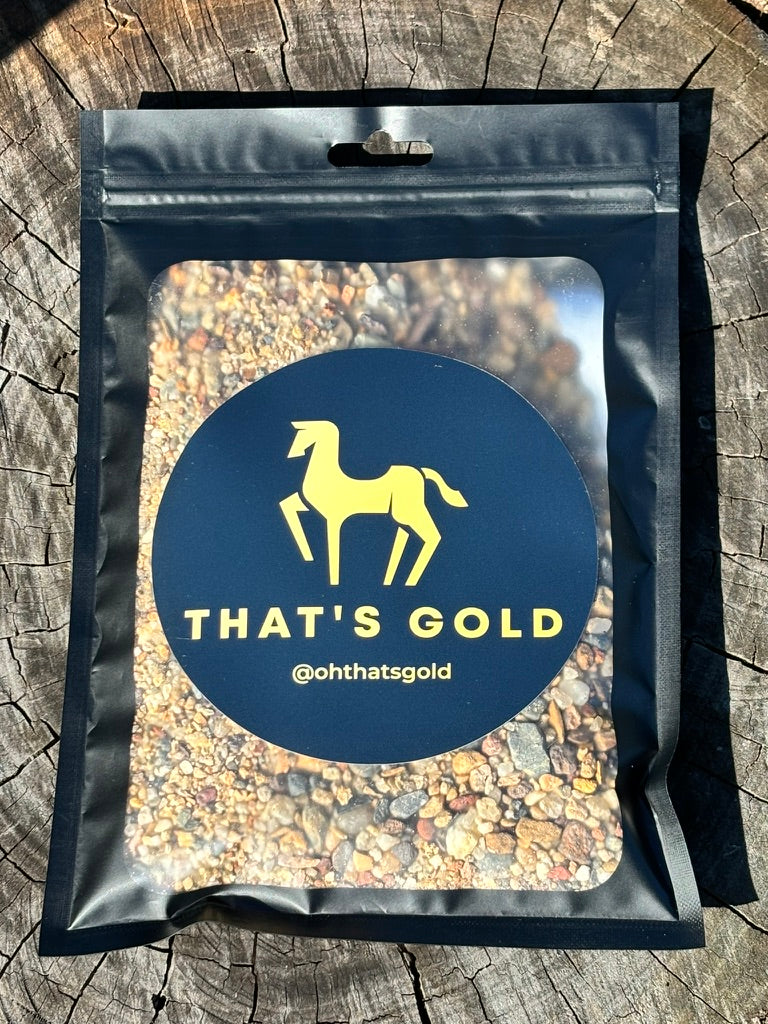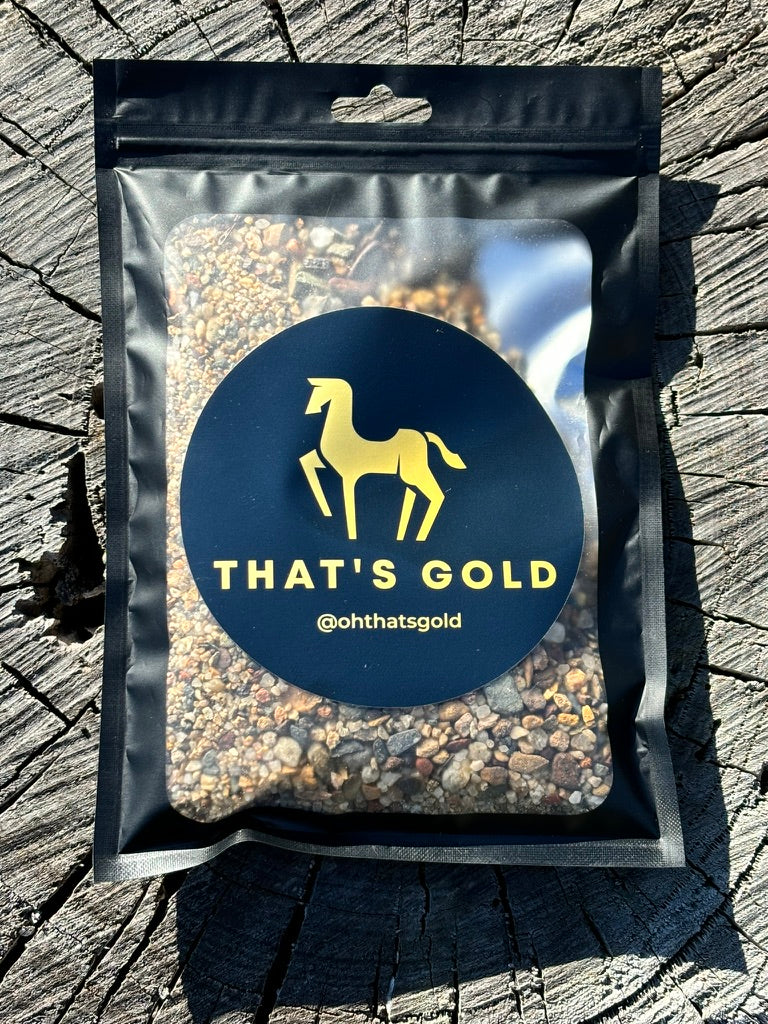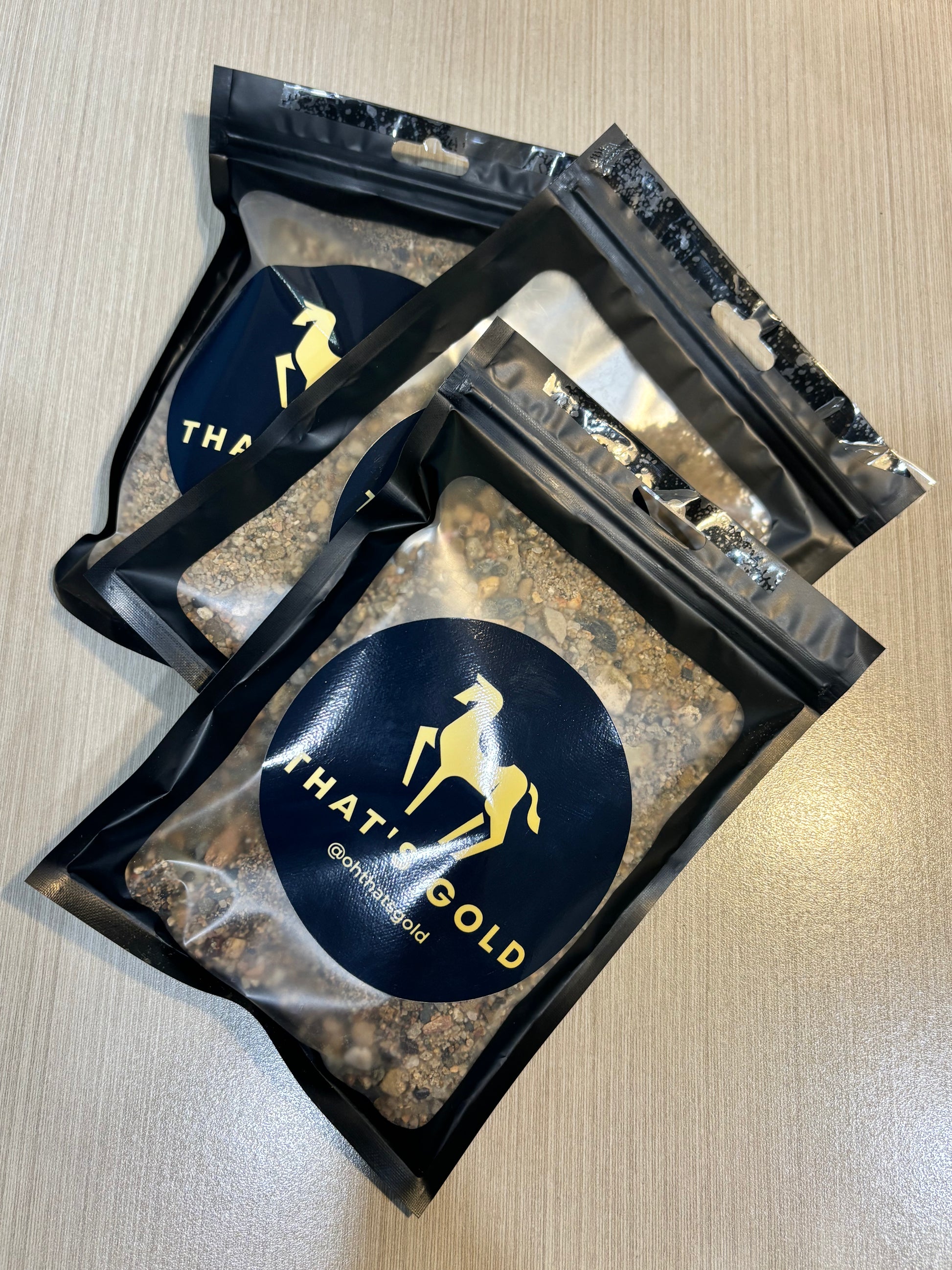Australians love beef jerky, a snack that's both tasty and practical. In Australia, beef jerky is still called beef jerky, just like in other parts of the world. While the name remains the same, the variety of jerky flavours and products available across Australia makes it a unique experience for snack lovers.

Jerky has been a popular snack in Australia for many reasons, including its long shelf life and nutritional benefits. Originally made to preserve meat, it's now a favourite for its high protein and low-fat content. Australians enjoy not only beef jerky but also other interesting varieties like kangaroo jerky, showcasing the country's diverse wildlife and tastes.
Exploring the different regional flavours of jerky in Australia reveals a lot about local preferences and culinary trends. From spicy chilli to smoky barbecue, the options are vast and varied. This makes jerky not just a simple snack but a staple that reflects Australian culture and ingenuity in using local ingredients.
Key Takeaways
- Australians call beef jerky "beef jerky".
- Jerky has diverse flavours and types in Australia.
- Australian jerky blends traditional and local tastes.
Historical Roots of Jerky in Australia

Jerky has a long history rooted both in cultural influences from other countries and the traditional practices of Indigenous Australians. Understanding these roots gives insight into how this popular snack evolved in the region.
Influence of Biltong
Biltong is a dried meat closely related to jerky and has had a significant impact on jerky's popularity in Australia. With a large number of South African immigrants settling in Australia, traditional South African biltong became more common. This drying method preserved meat using air and natural spices, differing from the original jerky process.
South African settlers adapted their recipes using local Australian meats, introducing unique flavours. Biltong, typically made from beef, can also include a variety of other meats, all of which contributed to the distinct taste preferences in Australia. Over time, this led to a blend of cultural traditions influencing the way both biltong and jerky are consumed across the country.
Indigenous Australian Traditions
Before the European influence, Indigenous Australians practised their own methods of meat preservation, essential for surviving in the varied Australian landscape. They used processes of drying and smoking meat to ensure it lasted during periods of scarcity. This practice played a crucial role in sustaining communities across regions.
The traditional methods were not only used for immediate consumption but also for preserving surplus catches. Kangaroo and other native animals often underwent drying processes using smoke from native wood. These practices provided essential nutrients and protein, showcasing how Indigenous cultures cleverly adapted to their environment. These techniques have influenced modern interpretations of jerky in Australia, adding a rich layer to its historical tapestry.
Understanding Beef Jerky

Beef jerky is a popular snack made from lean meat, valued for its rich protein content and distinctive texture. To understand it better, it’s important to look at its definition and the qualities that separate high-quality jerky from the rest.
Definition and Overview
Beef jerky is a type of preserved meat, made from lean cuts of beef. The meat is trimmed of fat, sliced into strips, marinated, and then dehydrated. This process removes the moisture to prevent spoilage and enhances the meat's flavour.
The history of jerky dates back to ancient times when it was crucial for preserving meat without refrigeration. Today, it remains a favourite due to its rich taste and convenient form. Jerky is nutrient-dense, providing a good amount of protein and other essential nutrients.
Quality Beef Jerky Characteristics
Quality beef jerky is identified by specific traits like texture, flavour, and nutritional profile. One of the most important aspects is texture; it should be tender yet chewy without being too hard or dry. This balance shows the use of quality lean meat and proper preparation techniques.
Taste is another indicator. High-quality jerky is well-seasoned, often crafted using a mix of spices that complement the natural meat flavours. The nutritional profile of the jerky is key, particularly its protein content. Quality jerky offers high protein with minimal additives, providing energy and nutrients needed for a healthy diet. Consumers increasingly prefer options made with natural ingredients and without artificial preservatives.
Comparing Australian Jerky Variants

Australia offers a unique range of jerky that goes beyond traditional beef. While beef jerky remains popular, local varieties like kangaroo, emu, and crocodile jerky bring unique flavours to the table. Each type has its own characteristics and appeal.
Traditional Australian Jerky
Traditional Australian jerky usually refers to beef, which is a staple for many. It often features a distinct texture and flavour profile. Australian beef jerky is typically seasoned with spices that enhance its savoury taste without overpowering the meat's natural flavour.
Producers ensure a balance between tough and tender textures. This balance offers a satisfying chewiness. The jerky may come in several flavours, such as spicy or smoky, catering to diverse taste preferences.
Given its popularity, beef jerky is widely available across supermarkets and specialty stores in Australia. Its high protein content makes it a favourite snack for outdoor activities and travel.
Kangaroo, Emu, and Crocodile Jerky
Kangaroo jerky is a notable Australian specialty, often hailed for being lean and rich in protein. Its gamey flavour might be different from traditional meat options, offering a unique taste experience. Kangaroo meat is seen as a sustainable choice due to its low environmental impact.
Emu jerky, while less common, provides a distinct taste. It is typically lighter and offers a slightly sweeter flavour. This makes it an interesting alternative for those seeking something different.
Crocodile jerky, another exotic option, adds variety. With a texture similar to chicken and a mildly fishy taste, it appeals to adventurous eaters. These variants showcase Australia's diverse wildlife in a culinary form, offering an opportunity to explore new and exciting flavours.
The Production of Jerky in Australia

Australia's production of beef jerky involves careful selection of meat, unique marination methods, and various drying techniques. These steps ensure that the final product is both tasty and long-lasting, reflecting a balance of traditional and modern practices.
Selecting the Meat
The choice of meat is crucial in producing high-quality jerky. Producers often select lean cuts, such as topside or silverside, as these have less fat and are ideal for drying. Lean meat helps create a longer-lasting snack, as fat can spoil over time.
Farmers and producers may source beef locally to ensure top quality. By choosing Australian-reared cattle, they can guarantee freshness and a consistent supply. This local focus also supports the regional economy and provides consumers with premium jerky options.
The Marination Process
The marination process adds essential flavour to the jerky. Producers typically use a blend of spices, herbs, and other ingredients to craft unique marinades. These mixtures are applied to the meat, which is then allowed to soak overnight.
Popular ingredients in Australian marinades include soy sauce and garlic, offering a simple yet savoury profile. Every producer has a signature marinade, which distinguishes their jerky from others on the market. This step is vital in ensuring that each slice is packed with flavour.
Drying Techniques
Several methods exist for drying jerky, influencing its texture and taste. Some producers prefer traditional oven drying, which slowly removes moisture at low temperatures. This method can produce a softer, more tender jerky.
Alternatively, a dehydrator is often used, providing a consistent drying environment. It circulates warm air around the meat efficiently, reducing drying time. Both methods aim to prevent spoilage while preserving the rich flavours infused during marination.
No matter the method, the goal is to achieve dry, flavourful jerky that retains its quality over time. This step ensures that the final product is a convenient and delicious snack, ready to be enjoyed by Australian consumers.
Regional Flavours and Specialities

Australia offers a variety of unique flavours and specialities in beef jerky. From Western Australia's distinct taste to Brisbane's creative blends and Perth's traditional offerings, each region adds its own touch to this popular snack.
Western Australia’s Preferences
Western Australia boasts a rich selection of beef jerky flavours, reflecting its diverse culinary landscape. Popular choices include smoky BBQ and teriyaki, with some producers adding a regional twist using locally sourced ingredients. They often use high-quality Australian beef, which enhances the taste and texture.
Local producers in Perth and other areas cater to different taste preferences, offering options from mild to spicy. These include chilli, pepper, and even sweet varieties like honey soy. This variety allows residents and visitors alike to explore and enjoy unique jerky experiences that are locally inspired.
Brisbane's Unique Jerky
Brisbane is known for its creativity in beef jerky flavours. Producers here experiment with unconventional combinations, appealing to adventurous eaters. Tropical fruit-infused jerky, inspired by the region's abundant local produce, is a notable speciality. These tropical blends often feature mango or pineapple, adding a hint of sweetness that complements the savoury beef.
Brisbane jerky can also be fiery, with hot chilli options prevalent in local markets. These cater to those who prefer a spicy kick. The city’s love for fusion cuisine is evident in the jerky offerings, where traditional and exotic flavours come together in a tasty snack.
Perth’s Jerky Offerings
Perth provides a diverse range of jerky options, often highlighting traditional and modern tastes. Classic flavours like original, peppered, and teriyaki are popular, satisfying those who enjoy familiar tastes. Moreover, Perth producers often emphasise the quality of beef, selecting premium cuts to ensure a tender and flavourful end product.
Craft jerky is also a trend in Perth, where small-batch producers focus on unique creations, including herb-infused and smoked variations. These producers often use innovative techniques to enhance the natural flavours of the beef, making Perth’s jerky offerings stand out for both locals and tourists.
Health and Nutrition

Beef jerky is a highly portable snack known for its nutritional benefits. It provides a significant amount of protein and a range of essential nutrients, making it a suitable choice for health-conscious individuals.
Jerky as a Source of Protein
Beef jerky is an excellent protein-rich snack. It offers about 30 grams of protein per 90-gram serving, which is significant for supporting muscle growth and repair. This makes it a favoured choice among athletes and those following high-protein diets.
In addition to protein, jerky contains various minerals such as zinc and phosphorus, necessary for cellular function and bone health. The low carbohydrate content of jerky is another factor that makes it attractive to those on low-carb diets.
Dietary Benefits of Jerky
Beef jerky can be a healthy snack alternative to more processed options. It contains vitamins like B12 that support energy production and brain health. Additionally, it is a source of minerals such as iron, helping with oxygen transport in the body. For those interested in dietary benefits, jerky offers these nutrients in a convenient form.
Despite its benefits, moderation is key due to the high sodium content, which might be a concern for some. Choosing brands that use natural seasoning can help mitigate this. The portability and long shelf life also add to its appeal, as it can be easily included in various meal plans and daily snacks.
Preservation and Shelf Life

Beef jerky's long shelf life comes from specific preservation methods. It primarily relies on reducing moisture and using preservatives to prevent spoilage, allowing it to last for months when stored correctly.
Role of Salting and Dehydration
Salt plays a crucial role in the preservation of beef jerky. It acts as a natural preservative by drawing out moisture from the meat. This process, called dehydration, is essential because moisture creates an ideal environment for bacteria.
By removing moisture, dehydration significantly reduces the chances of spoilage. Salting also helps to enhance the flavour of the jerky, making it a tasty, durable snack. The dehydration process involves drying the meat at low temperatures until most of its water content is removed. This is often combined with smoking, which further preserves the meat. Together, these methods ensure beef jerky's longevity.
Use of Preservatives
In addition to salt and dehydration, certain preservatives are often added to extend the beef jerky's shelf life. Common preservatives include nitrates and nitrites, which help inhibit bacterial growth. These chemicals are particularly effective in preventing botulism, a rare but serious risk associated with preserved meats.
For more natural alternatives, some producers use natural preservatives like celery powder or fruit extracts. These options still help reduce spoilage risks. Packaging also plays a vital role. Vacuum sealing or airtight containers create an environment that limits exposure to air and moisture. This further prolongs the safety and edibility of beef jerky, ensuring it remains a favourite long-lasting snack.
Consumer Insights

The jerky market in Australia is evolving, with a rising interest in unique flavours and taste experiences. Consumers are exploring diverse jerky products, from traditional beef to exotic game meats.
Buying Jerky in Australia
Australians have access to a wide variety of jerky products. Supermarkets and specialty stores offer a range of options, including beef, kangaroo, and biltong. The beef jerky market in Australia is valued at $40 million, indicating growing popularity. Consumers value both taste and nutritional content, looking for products with natural ingredients and low additives.
Local brands like Mariani have become synonymous with quality, offering authentic Australian taste. Many shoppers prefer locally produced jerky for its unique flavour profiles and support of local businesses. Some consumers enjoy the convenience of online shopping, where they can find a broader selection of jerky types and flavours.
Jerky Sampler and Taste Tests
Taste tests and samplers offer valuable insights into consumer preferences. These events highlight popular flavours and introduce new ones to the market. In Australia, taste tests often include a mix of traditional beef jerky and novel options like kangaroo jerky, giving consumers the chance to explore.
Sample kits are another method by which consumers can explore various flavours without committing to full-sized products. This approach is popular among those new to jerky or eager to try something different. These samplers involve multiple taste tests, letting consumers rate and choose their favourites, helping brands tailor their offerings to consumer preferences.
Jerky in Culinary Practices

Jerky is a versatile ingredient in the kitchen. It serves as both a handy snack and a tasty addition to various recipes, offering unique flavours and textures.
Incorporating Jerky into Recipes
Jerky can enhance many dishes with its rich and savoury taste. It is ideal for adding a punch to salads. Chopped pieces can complement the freshness of greens, giving a smoky flavour. Soups and stews also benefit from jerky’s texture. It not only adds depth but also provides a chewy bite.
For those who enjoy bold flavours, consider using jerky in stir-fries. It pairs well with vegetables, and its spices can infuse into the dish, creating a tasty meal. Pasta dishes can use jerky as a topping or mix-in, where its robust taste shines through the other ingredients.
Jerky as a Standalone Snack
As a snack, jerky is popular for its convenience and taste. It is high in protein, making it a great choice for satisfying hunger between meals. Jerky appeals to outdoor enthusiasts who need energy-dense foods for activities like hiking.
Varieties abound, with beef being popular, but options like Kangaroo Jerky offer unique tastes specific to Australia. Spicy, savoury, or sweet, different flavours cater to diverse palates. Because it’s dried, jerky has a longer shelf life, making it a reliable snack to keep on hand for busy days or travel.

